On September 18, 1950, the tide turned in Korea.
140,000 United Nations troops, whom invading North Koreans had pushed back to the southeast tip of South Korea, broke through a 140-mile defensive perimeter, called the Pusan Perimeter, and began the drive north.
And as they did, 13,000 US Marines, who had gone ashore at Inchon Harbor, on the west coast of the Korean peninsula three days before, began their drive south.
The amphibious landing in the Inchon Harbor, devised by Gen. Douglas MacArthur, came as a surprise.
Navigation there was perilous and required a precise knowledge of high and low tides.
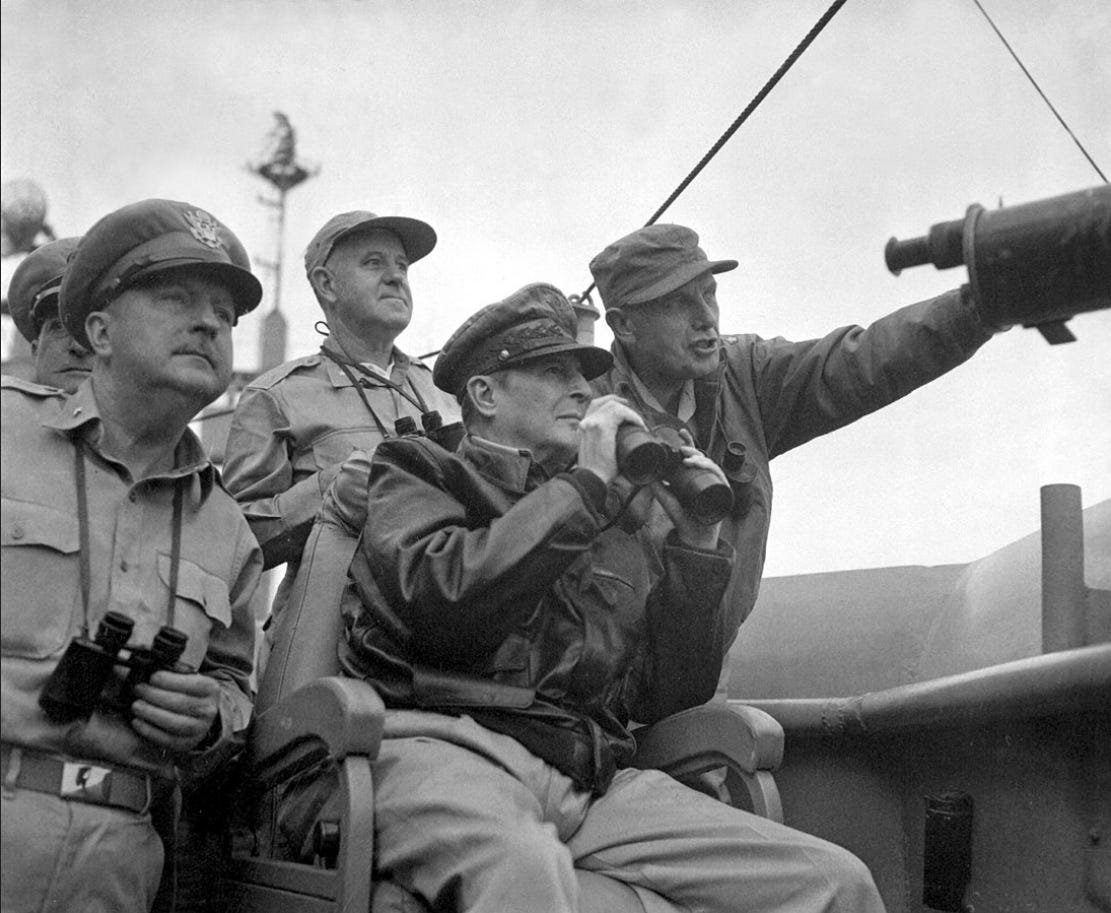
So, six hours before the landing, MacArthur and others took an unarmed, unescorted boat into the harbor to obtain accurate tidal data.
MacArthur’s tidal information enabled the Inchon landing to proceed with minimal losses.
The next day, the landing force liberated the city of Inchon and began the march south to Seoul, then under enemy occupation.
These two offensive drives trapped the North Korean invasion force and marked the start of reclaiming occupied South Korean territory.
The Korean War, technically, the “Korean Conflict,” gets little attention now.
The Americans who fought it were old enough during WWII to know what was happening then, but too young to fight.

So, they had collected string and tin cans and watched the sky with binoculars.

And waited for their dads and big brothers to come home.

Korea was their war.
It was my dad’s war, too.



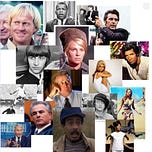






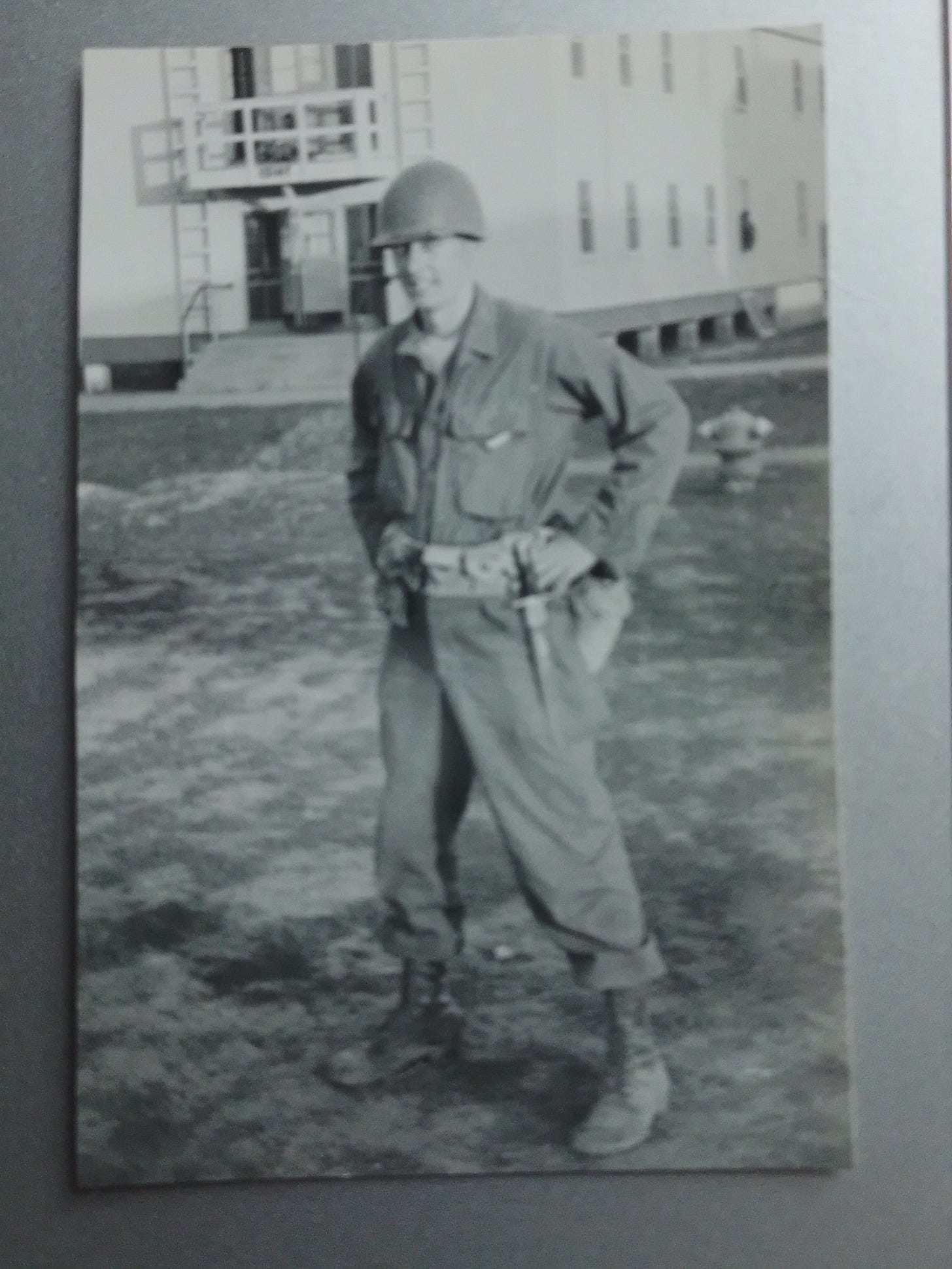


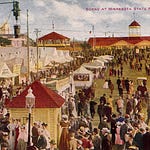





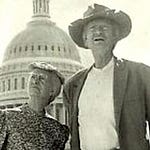
Share this post